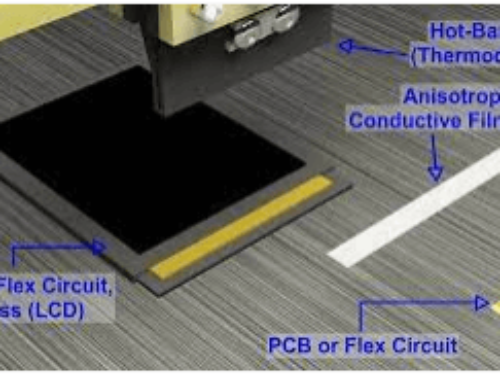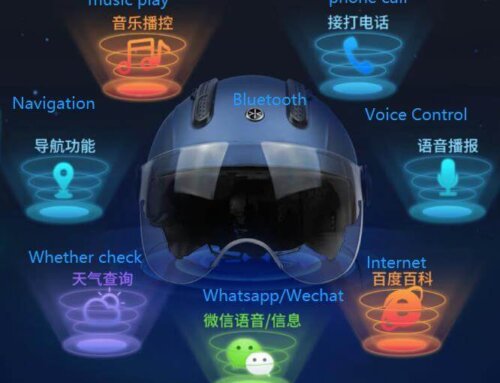Component part number naming are different from different countries.
China
The semiconductor device model number consists of five parts (field effect device, semiconductor special device, composite tube, PIN tube, laser device type, only the third, fourth, and fifth parts). The meanings of the five parts are as follows:
Part 1. Digital representation of the number of effective electrodes in a semiconductor device. 2 means diode; 3 means triode
Part 2. Use Chinese Pinyin Letters shows the material and polarity of the semiconductor device. For a diode: A: N type germanium material; B: P type germanium material; C: N type silicon material; D: P type silicon material.
For the triode: A: PNP type tantalum material; B: NPN type tantalum material; C: PNP type silicon material; D: NPN type silicon material.
Part 3. Use Chinese phonetic alphabet Representing the internal type of semiconductor devices
P: ordinary tube;
V: microwave tube;
W: voltage regulator tube;
C: a parameter tube;
Z: rectifier tube;
L: rectifier stack;
S: tunnel tube;
N: damper tube;
U: optoelectronic device;
K: switch tube;
X: low frequency small power tube (f <3MHz, Pc<1W);
G: high frequency small power tube (f > 3MHz, Pc < 1W);
D: low frequency high power tube (f<3MHz, Pc>1W);
A: high frequency high power tube (f > 3MHz, Pc > 1W);
T: semiconductor thyristor (controlled rectifier);
Y: body effect device;
B: avalanche tube;
J: step recovery tube;
CS: FET;BT: semiconductor special device;
FH: composite pipe;
PIN: PIN type tube;
JG: Laser device.
Part 4. The Number represented the serial number
Part 5.Use the Chinese pinyin letters to indicate the specification number. For example: 3DG18 represents NPN type silicon material high frequency triode
Japan
It consists of five to seven parts. Usually only the first five parts are used, and the symbolic meaning of each part is as follows:
Part 1. Use number to shows the number or type of effective electrodes of the device is indicated.
0: photoelectric (ie photosensitive) diode triode and a combination of the above devices;
1: diode;
2: three poles or other devices with two pn junctions;
3: has four active electrodes or other devices with three pn junctions;
4….
And so on
Part 2. JEIA registration mark of the Japan Electronics Industry Association.
S: Indicates a semiconductor discrete device that has been registered with JEIA of the Japan Electronics Industry Association.
Part 3. Use letters to indicate the polarity and type of material used in the device.
A: PNP type high frequency tube;
B: PNP type low frequency tube;
C: NPN type high frequency tube;
D: NPN type low frequency tube;
F: P control thyristor;
G: N gate thyristor;
H: N base single junction transistor;
J: P-channel FET, such as 2SJ–
K: N-channel FET, such as 2SK–
M: Two-way thyristor.
Part 4. Use numbers to represented The serial number which registered in JEIA(Japan Electronics Industry Association)
Two or more integers – starting from “11”, indicating the sequence number registered in JEIA (Japan Electronics Industry Association); The devices with the same performance of different companies can use the same sequence number; the larger the number, the more recent produce date the product.
Part 5. Use Letters indicate the improved product logo for the same model.
A, B, C, D, E, F indicate that this device is an improved product of the original model.
USA
Part 1. Use Symbols indicate the type of device use.
JAN: military level;
JANTX: Special military level;
JANTXV: Super special military level;
JANS: Aerospace class;
If no letters mean no-military.
Part 2. Use number to shows Numbers of pn junctions
1: diode;
2: triode;
3: three pn junction devices;
n: n pn junction devices.
Part 3. American Electronic Industries Association (EIA) registration mark
N means The device already registered in Electronic Industries Association (EIA)
Part 4. American Electronics Industry Association registration sequence number.
Multi-digit number: The serial number of the device registered in the American Electronics Industry Association.
Part 5. Grading the device by letters. A, B, C, D, different grade of devices of the same model. Such as:
JAN2N3251A represents PNP silicon high frequency small power switch triode
JAN: military level;
2: triode;
N: EIA registration mark;
3251: EIA registration sequence number;
A: 2N3251A file.
International Electronics Association semiconductor device model naming method
European countries such as Germany, France, Italy, the Netherlands, and Belgium, as well as Eastern European countries such as Hungary, Romania, Yugoslavia, and Poland, mostly use the International Electronics Federation’s semiconductor discrete device model naming method. This naming method consists of four basic parts, the symbols and meanings of each part are as follows:
Part 1. Use letters to indicate the materials used in the device
A: the forbidden band width of the device used material is Eg=0.6~1.0eV as 锗;
B: Eg=1.0~1.3eV of the material used in the device, such as silicon;
C: The material used in the device has an Eg of >1.3 eV such as gallium arsenide;
D: The device uses Eg <0.6eV such as indium antimonide;
E: The device uses composite materials and materials used in photovoltaic cells.
Part 2. Use letters to indicate the type and main characteristics of the device
A: detection switch mixing diode;
B: varactor diode;
C: low frequency low power triode;
D: low frequency high power triode;
E: tunnel diode;
F: high frequency low power triode;
G: composite devices and other devices;
H: magnetic sensitive diode;
K: Hall element in the open magnetic circuit;
L: high frequency high power triode;
M: a Hall element in the closed magnetic circuit;
P: photosensitive device;
Q: a light emitting device;
R: low power thyristor;
S: small power switch tube;
T: high power thyristor;
U: high power switch tube;
X: multiplying diode;
Y: rectifier diode;
Z: Zener diode.
Part 3. Use a number or letter plus a number to indicate the registration number
three digits: representing the registration number of general-purpose semiconductor device
One letter plus two digits: indicates the registration number of the dedicated semiconductor device.
Part 4. Grading the device by letters. A, B, C, D Means that the same model of device is graded according to a certain parameter.
Except these four basic parts, suffixes are sometimes added to distinguish characteristics or further classification. Common suffixes are as follows:
1.Suffix of Zener diode model
The first part of the suffix is a letter: means the tolerance range of the stable voltage value. The letters A, B, C, D, and E respectively indicate the tolerances of ±1%, ±2%, ±5%, ±10%, ± 15%;
The second part of the suffix is a number: representing the nominal stable voltage;
The third part of the suffix is the letter V, which is the decimal point. The number after the letter V is the small value of the nominal stable voltage of the Zener tube.
2.The suffix of rectifier diode is a number indicating the maximum reverse peak withstand voltage of the device in volts
3.The suffix of the thyristor model is also a number.
Usually shows the voltage value of the largest reverse peak withstand voltage value and the largest reverse turn-off voltage. Such as: BDX51- represents NPN silicon low-frequency high-power triode, AF239S- represents PNP high-frequency low-power triode.





